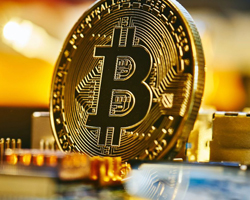Financial Markets Navigate Volatility: S&P 500, Amazon Investment, Gold's Dollar Struggle, and Pound's Weakness | Daily Market Analysis
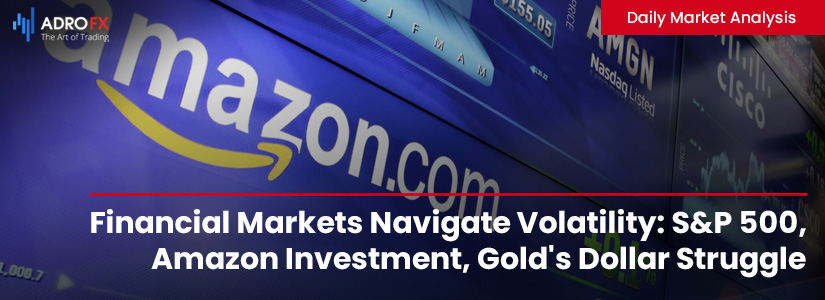
Key events:
- USA - CB Consumer Confidence (Sep)
- USA - New Home Sales (Aug)
- USA - Building Permits
On Monday, the S&P 500 experienced a modest increase, boosted by Amazon.com (NASDAQ: AMZN) shares and the energy sector. This uptick coincided with rising Treasury yields, and investors were closely watching economic data and statements from Federal Reserve policymakers later in the week to gain insight into the future of interest rates.
The previous week had seen the S&P 500's largest weekly decline since March, primarily due to investors grappling with Treasury yields reaching 16-year highs after the Fed provided a more hawkish long-term rate outlook.
The Dow Jones Industrial Average dipped by 35.07 points, or 0.10%, closing at 33,928.77, while the S&P 500 increased by 6.29 points, or 0.15%, reaching 4,326.40. The Nasdaq Composite also saw a rise of 26.75 points, or 0.20%, to reach 13,238.56.
Within the S&P 500 sectors, the energy sector led with a 1.4% increase, while the utilities and consumer staples sectors, sensitive to interest rates, both experienced declines of 0.5% and 0.7%, respectively.
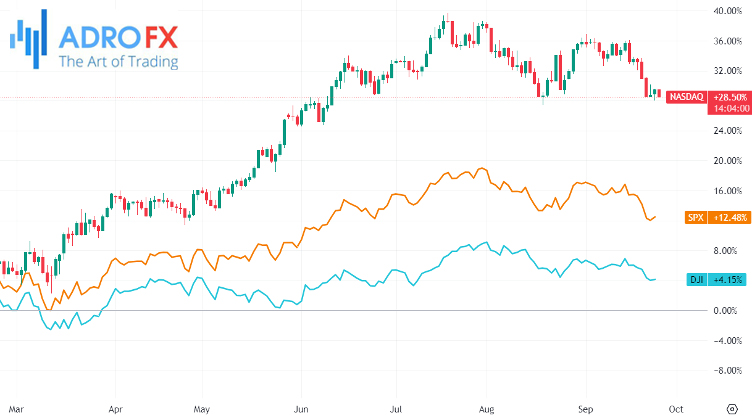
The CBOE volatility index, often referred to as the "fear gauge" on Wall Street, reached its highest level in over a month.
Throughout the week, investors will closely monitor economic data, including durable goods, the personal consumption expenditures price index for August, and the second-quarter Gross Domestic Product. Additionally, they will pay close attention to statements from Fed policymakers, notably Chair Jerome Powell.
Chicago Fed President Austan Goolsbee expressed in an interview with CNBC on Monday that the persistent elevation of inflation above the Fed's 2% target remains a more significant concern than the possibility of the central bank's tight policies excessively slowing the economy.
In corporate news, Amazon.com shares saw a 1.6% increase following the e-commerce giant's announcement of its plans to invest up to $4 billion in the startup Anthropic. This investment aims to bolster Amazon's competitiveness in the artificial intelligence sector, where it faces growing competition from cloud rivals.

In Asian trading on Tuesday, gold prices experienced a decline, primarily due to sustained pressure from a stronger US dollar and elevated Treasury yields, driven by Federal Reserve officials reiterating the bank's intentions to raise interest rates.
The predominant source of pressure on precious metal markets stemmed from the robust performance of the US dollar, which reached its highest level in a decade against a basket of currencies, driven by the Fed's hawkish stance.
Following the Fed's recent meeting, Treasury yields also surged, with the benchmark 10-year rate reaching its highest point since 2007.
Even amid growing concerns of a potential US government shutdown, the US dollar continued to advance, with higher interest rates amplifying its appeal as a safe haven asset over gold.
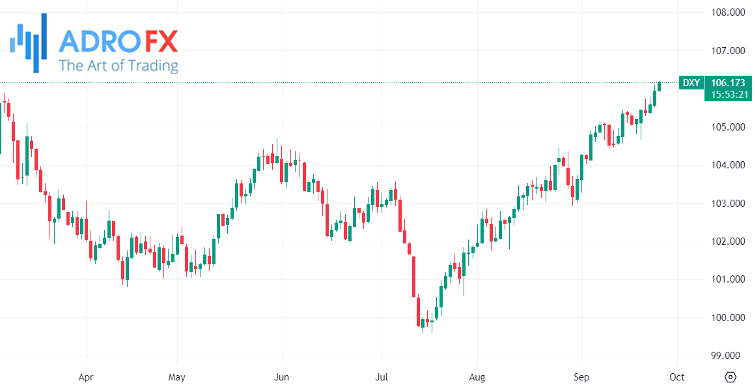
Currently, Congress has less than a week to pass a spending bill and avert a shutdown. However, both Republican and Democrat leaders have indicated limited progress toward reaching a consensus.
While gold is traditionally considered a safe haven asset, it has historically shown minimal gains during past government shutdowns. For instance, during the 2018-2019 shutdown, which extended for a record 35 days, gold prices only experienced a modest $20 increase in spot prices.
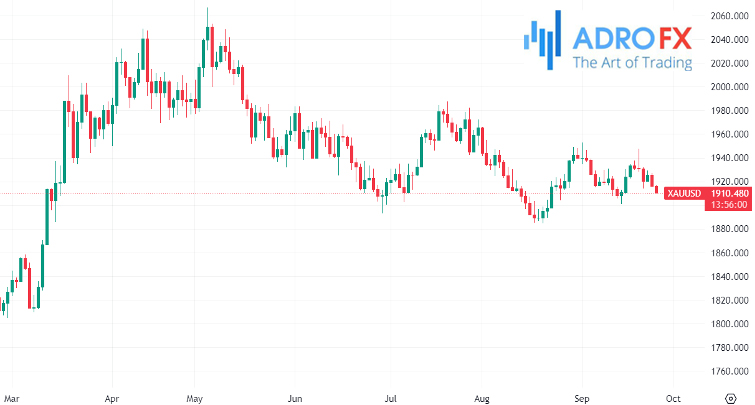
In the third quarter, the British pound is poised to be the weakest among G10 currencies, primarily due to a significant shift in expectations regarding domestic interest rates. This shift was triggered by the Bank of England's decision to halt its rate hike cycle. The release of PMI data on Friday supported the BoE's decision to keep rates steady, as the figures fell below expectations, indicating greater economic challenges for the UK in the third quarter.
Before the November meeting, the Bank of England will receive one more round of inflation and wage data. However, the ING economics team now anticipates that the central bank will maintain its current stance, signaling the conclusion of the tightening cycle in the UK. Market sentiment aligns with this view, with only a 25% likelihood of a rate hike in November and a 50% chance of an increase by December.
This week, the UK's economic calendar does not feature any major data releases, except for the final second-quarter GDP figures. Additionally, there are only two scheduled speakers from the Bank of England. While EUR/GBP has surged to 0.8700, sustaining these gains may prove challenging, primarily because a significant portion of the dovish adjustment in the Sonia curve has already occurred. Furthermore, the euro's current momentum is relatively subdued.

In the case of GBP/USD (Cable), the risks are skewed toward a potential test of the critical 1.2000 level in the near future if the US dollar remains strong.
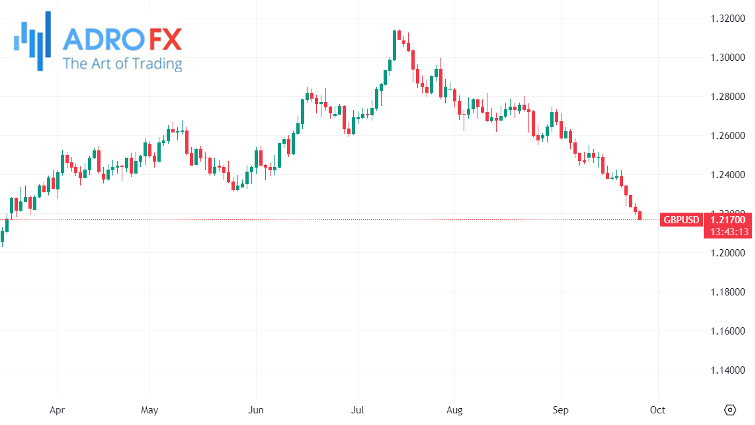
Later this week, the release of the eurozone's Consumer Price Index (CPI) could be a pivotal event for the euro. A surprising increase in CPI may rekindle expectations for another interest rate hike by the European Central Bank (ECB) later this year.

